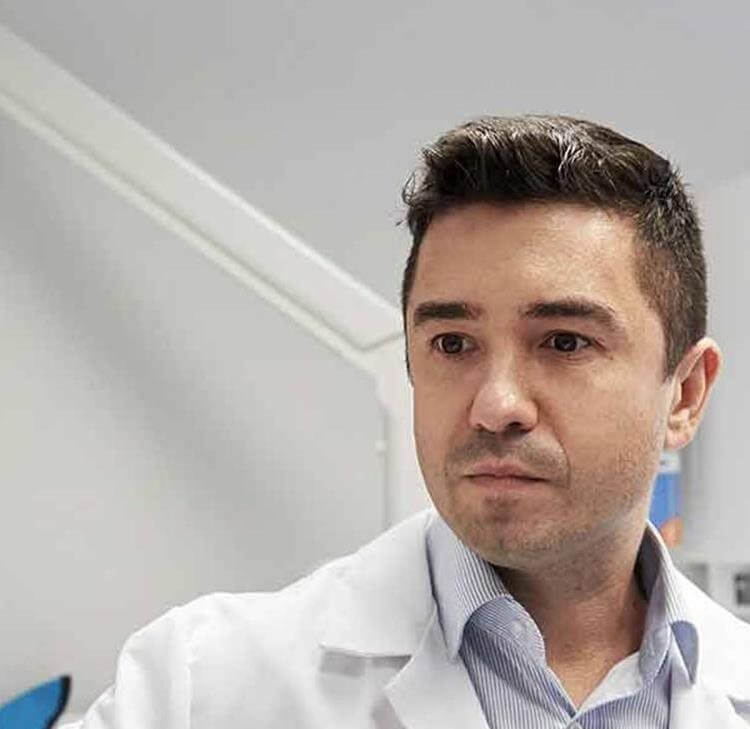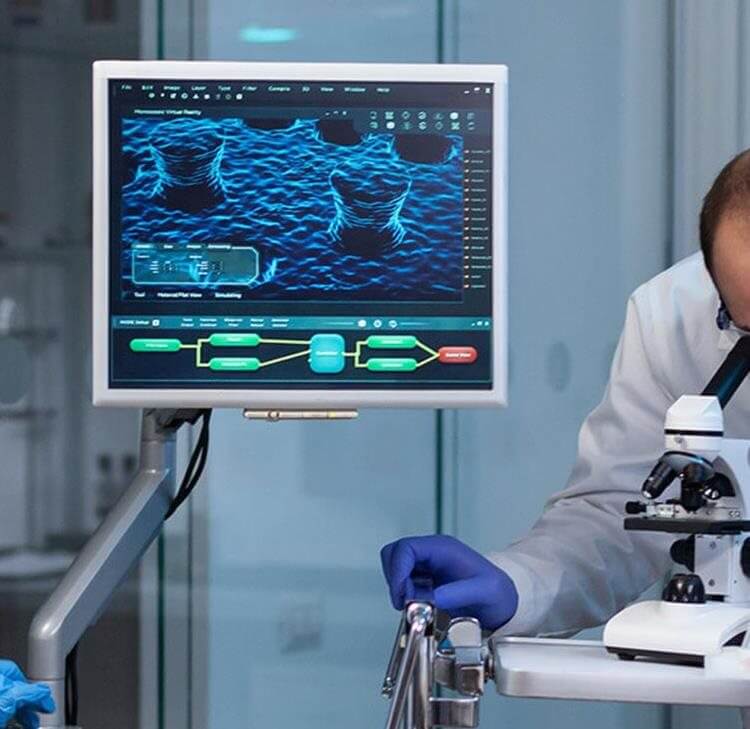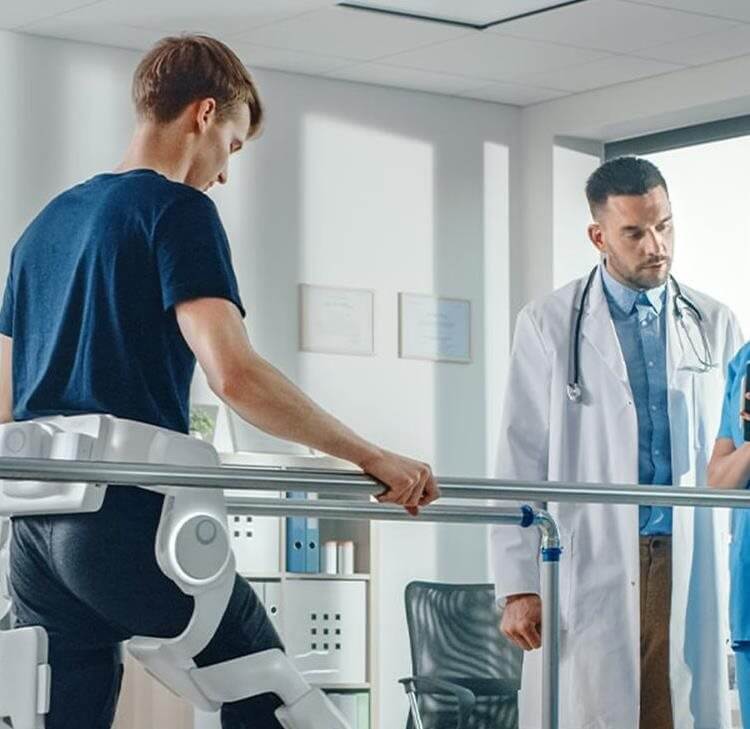The Role of SIAMs in an ICS
As times have changed, organisations have fallen in and out of love with the role of the outsourced SIAM provider versus the organisation fulfilling that role. It is a complex role and even more so in Government organisations, some with vast IT systems processing gigantic amounts of data with complex governance structures and models.
As we know, every area in England now has an Integrated care System (ICS) and following the passage of the Health and Care Bill through Parliament Integrated Care Boards will come into existence as clinical commissioning groups are abolished. The Health and Care Act 2022 has introduced many changes which will shake up the health and social care sector including in respect of the provision, processing and sharing of patient and service information.
This is all against the backdrop of the Covid-19 pandemic where almost overnight there was a surge in remote care in general practice and GPs quickly updating their websites and implementing technology to hold online video consultations in order to meet patient needs in the new world in which we found ourselves living. Ironically, this was already a part of the NHS Long Term Plan.
As part of that plan, the NHS is looking to provide more joined up services bringing together GPs, community services, local authorities and NHS partners etc as ICSs.
In his key note speech on 21 September 2021, the Secretary of State for Health and Social Care talked about levelling up digital inequalities - shoring up our cyber security capability, replacing old technology and supporting the adoption of shared care records.
The recent DHSC whitepaper setting out the Government’s proposals for health and care integration states “ A core level of digital capability everywhere will be critical to delivering integrated health and care and enabling transformed models of care. When several organisations are involved in meeting the needs of one person, the data and information required to support them should be available in one place, enabling safe and proactive decision-making and a seamless experience for people”.
To enable the Government to meet its laudable ambitions, it is clear that integration of care systems cannot be achieved without the integration of the IT systems that underpin them. This will not be an easy task for many reasons, some of which are not just related to the technology itself. Stakeholder buy in will be key to the success of the Government’s ambitions and one of its biggest stakeholders is the public. We have already seen a pause on NHS Digital’s General Practice Data for Planning and Research (GPDPR) Programme. This underpins one of the key ambitions of the Health and Care Act 2022 namely to centralise data for purposes such as research and analytics.
In a sector where one in 10 NHS Trusts are still operating on largely paper based systems (according to the Secretary of State for Health and Social Care in his key note speech of 21 September 2021), where 71% of the social care sector has no digital access to information on the medication or people in their care, where many IT systems are out of date and where, for those organisations that do use IT, there are numerous different IT systems which may be provided and/or are managed by numerous suppliers.
So what then of the role of the service integration and management (SIAM) provider and what might this look like going forward?
As times have changed, organisations have fallen in and out of love with the role of the outsourced SIAM provider versus the organisation fulfilling that role. It is a complex role and even more so in Government organisations, some with vast IT systems processing gigantic amounts of data with complex governance structures and models.
However, to ensure the success of ICS’, integration of IT systems will be critical. We may therefore see the re-emergence and indeed the prevalence of the outsourced SIAM.
When I think about the traditional SIAM, I think about an organisation, for example, a hospital which may have separate systems for storing x-rays, for storing information on medication, a separate system for booking appoints etc which all need to be managed. The SIAMs role is integral to ensuring the systems perform and are available and that supplier issues are handled.
When I think about the role of a SIAM in an ICS, I see a potential possibility for an overarching SIAM, one SIAM to rule them all – a super SIAM.
Traditional SIAM:

ICS/Super SIAM:

In an outsourced SIAM role, an element of integration risk is always retained by the purchasing organisation and with that comes other associated risks. In a super SIAM role, those risks are inevitably magnified for both the organisation and the super SIAM. Risk management usually translates into the charging model and so we can expect to see an increased spend on the super SIAM role and higher contingent liabilities underpinning the super SIAM role which will be built into the overall risk profile of the role. However, whether we see a role at all for a super SIAM, remains to be seen. The issues here are complex and the path will need to be trodden careful with sufficient planning and foresight at a strategic level in order to meet the objectives and ambitions of the DHSC.









































